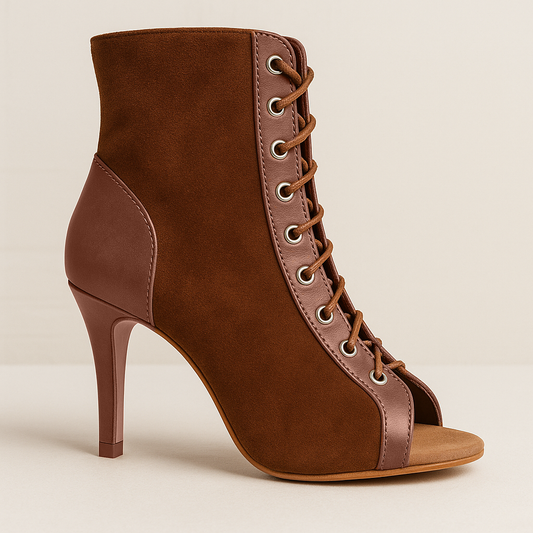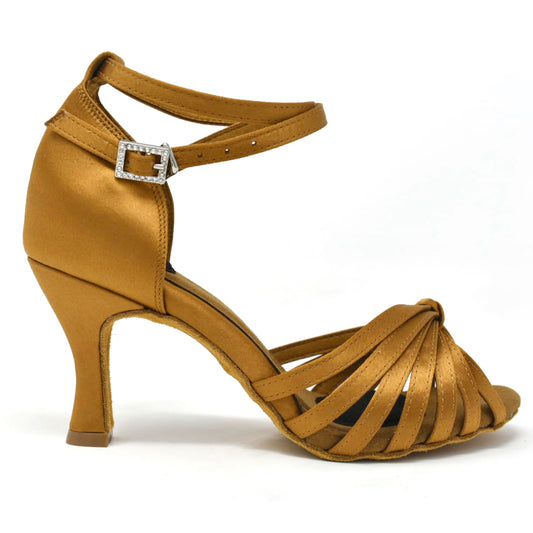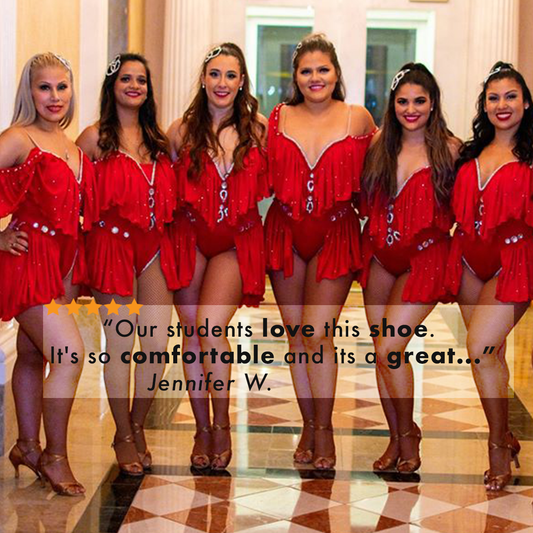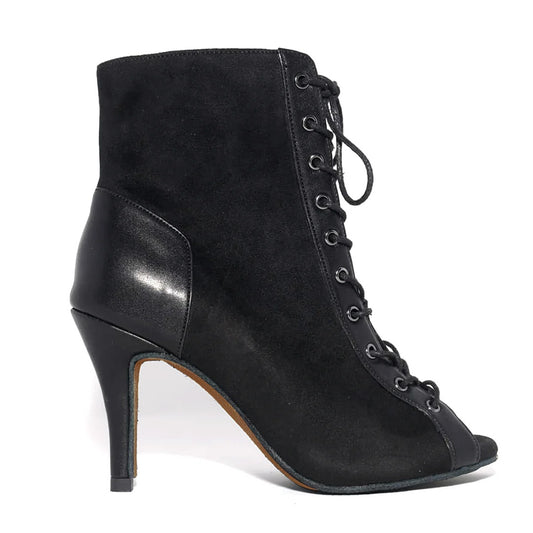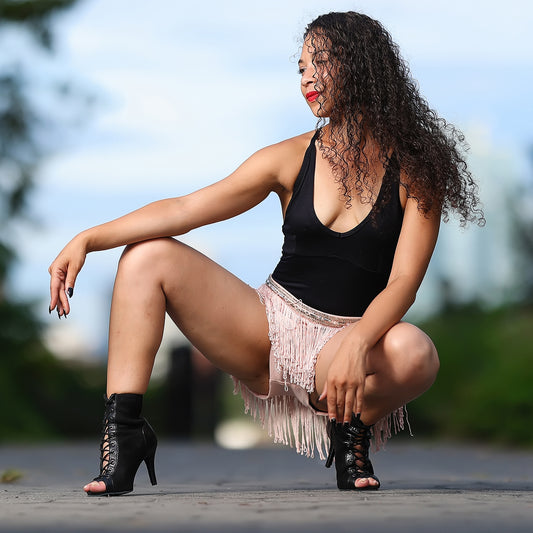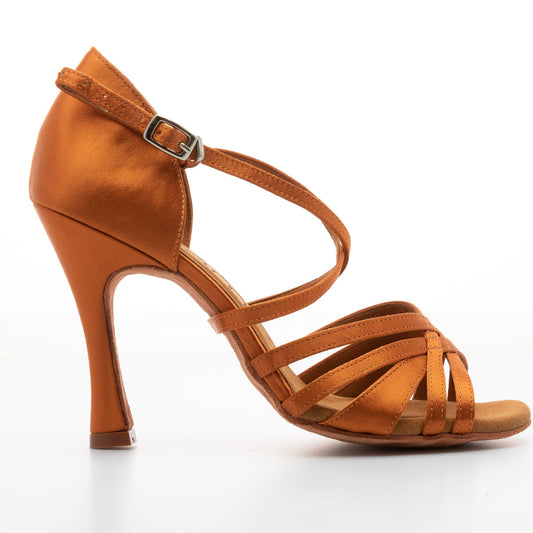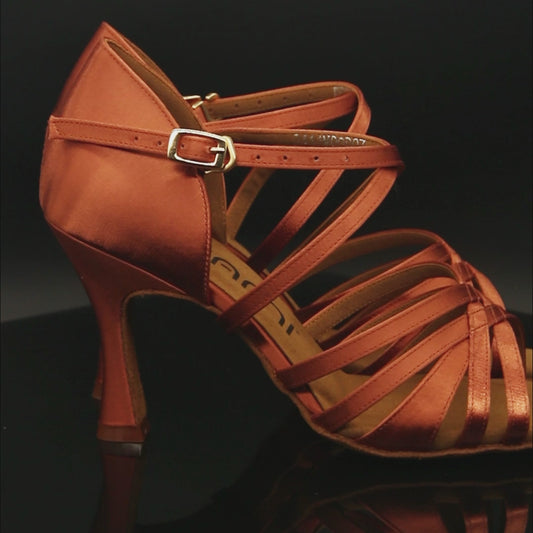
Bachata started as guitar music in the Dominican Republic and the Caribbean during the 1950s. It has its roots in African rhythms, Cuban son, and primarily bolero.
In Latin culture, the bolero is associated with romantic music. The music often deals with themes like heartbreak, deception, lost love, etc., so the music is melancholic. But the genre has since evolved to party music throughout the years.
In fact, the word "bachata" means a party or a type of dance event in the Dominican Republic, and during these events, upbeat music is played, and people dance to it. These dance events happen anywhere, on the streets, in gardens, courtyards, bars, even public parks, and uh, brothels.
Around the time that bachata music grew in popularity with the masses, Dominican Republic was led by dictator Rafael Trujillo. Trujillo hated bachata music and dance so much; he banned both the music and dance altogether. Only people in the brothels were bold enough to defy the ban. During this time, bachata was called “bolero campesino.”
After the reign of Trujillo ended, bachata had an unsavory reputation because it's associated with brothel music. But as music and dance evolved, they became widely accepted.
The first bachata single was recorded by José Manuel Calderón in 1961. During this time, bachata was still not recognized as a music genre until it became popular in the country. Although modern bachata music is still based on the bolero rhythm, it has defined itself as a standalone music genre.
From Music to Dance
While bachata dance is just a spinoff of the music, it has gained popularity faster than the music as Latino influence spread worldwide. When Latinos immigrated to the US, bachata, it was only a matter of time before bachata dance became a local sensation.
Today, bachata dance continues to inspire a new generation of dancers, and it has become one of the most popular dance genres on the Latino music and social dance scene.
Basic Bachata Dance Steps
Basic bachata is a three-step movement from front to back or side by side with a Cuban hip motion followed by a tap and sway of the hip on the 4th beat.
Bachata Basic Side-to-Side
Bachata Basic Footwork
3 Most Popular Bachata Styles
Dominican Bachata
This is bachata’s truest form, and unlike offshoot versions, the original bachata doesn’t have a lot of turns or a defined structure. Instead, there’s a lot of room for freestyle movements. Since it is not a structured dance style, the focus is more on the energetic, bouncy footwork and hand movements.
Bachata Moderna
AKA modern bachata, Bachata Moderna is one of the newest, most stylized versions of the original dance style. It is still heavily influenced by Bolero but also touches on tango and other Latin dance genres. This dance style is heavy on the cross, but the three-count, hip sway movement remains the same.
Sensual Bachata
This bachata style is heavily influenced by the original Dominican bachata but is more on the sensual, romantic side. Sure, Dominican bachata is a romantic dance style, too, but this newer version emphasizes dips, turns, smooth body movements, and hip movements on the fourth beat.

